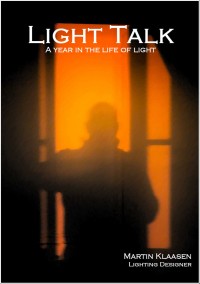How high can you go?
Perth, 4th January 2010
It’s back to work today! For those fortunate to have had a Xmas break, I hope you had a lovely and enjoyable time and have managed to recharge the batteries with fresh energy for the year to come…
Today I read about the world’s tallest building being completed and opened to the public, the Burj Dubai Tower, standing tall at an expected 800m high. Official figures yet to be released…how high can you go? I heard one building is planned at 1600m high or thereabouts!
Besides the obvious structural and safety issues it is interesting to think about the logistics of lighting for such a tall building. Having been involved as the lighting designer for the interiors of the Petronas Twin Towers in Kuala Lumpur, Malaysia, and now with the India Tower in Mumbai, I can say that there are several issues that will challenge the lighting designer.
I found that one of the biggest challenges was to contain the number of different light fittings, more specifically the lamp types. Because of the sheer size of the project one can imagine the gigantic quantities of lamps and fittings required. One of our key achievements in the Petronas Twin Towers lighting design is that we managed to standardize lamp and fittings to less than 50 types! Where we needed more light we used the principle of double lamps of the same wattage rather than using a higher wattage, which allowed us to contain the number of lamp types to a basic minimum for an easier maintenance.
I would say that the other big challenge today is energy management. Certainly if lighting is to be controlled by building management systems! With more and more clients opting for LEED qualifications, lighting design has become the key to managing and controlling energy usage which in buildings of this size can potentially be humongous…

 The long awaited book compilation of Martin's first year of blogging is available. Order now.
The long awaited book compilation of Martin's first year of blogging is available. Order now. Feedspot Top 100 Lighting Blogs
Feedspot Top 100 Lighting Blogs